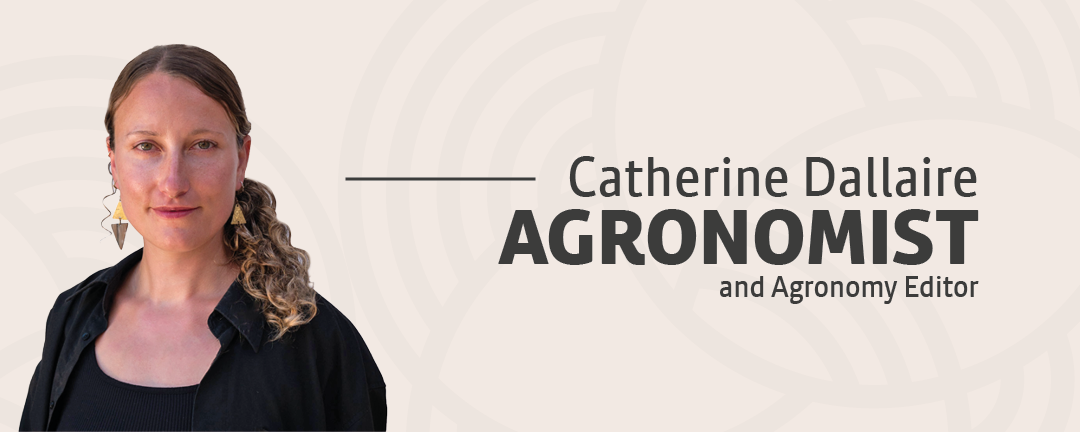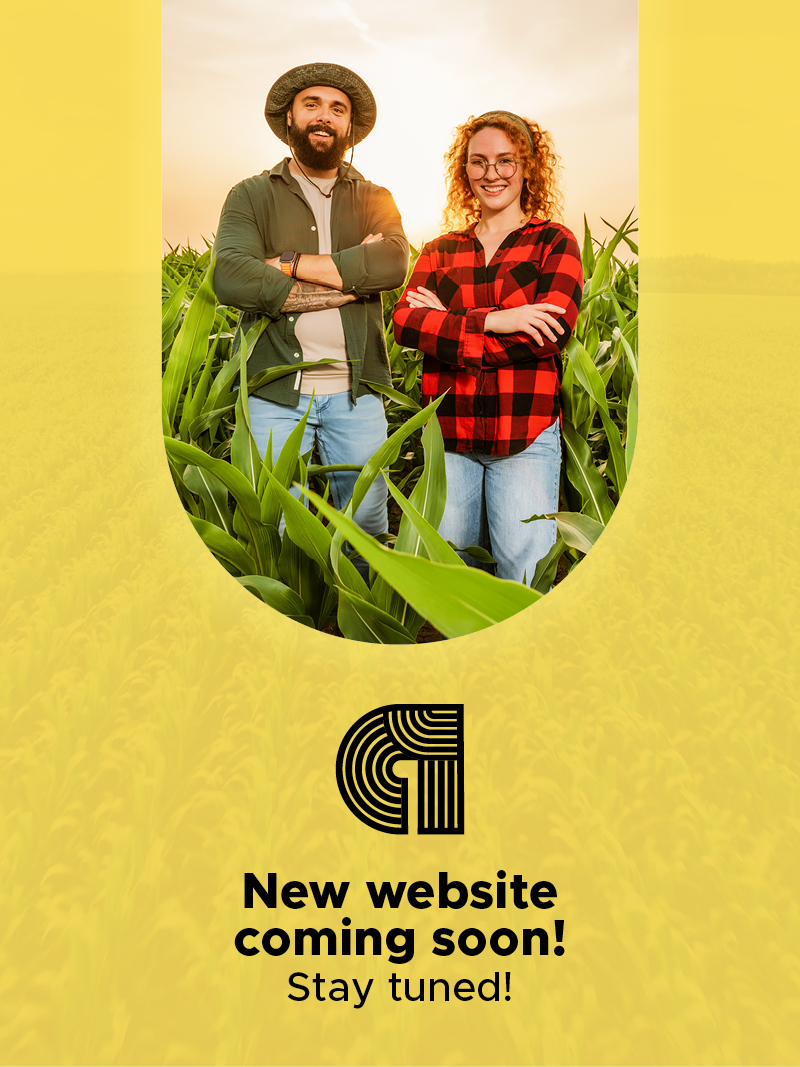
A Cruel Paradox
It takes between 200 and 1,000 years, sometimes more, to form just two centimetres of arable soil. It's a slow process, influenced by climate, vegetation, and soil biological activity. On a human timescale, soil is therefore a non-renewable resource.
According to the Food and Agriculture Organization of the United Nations (FAO), 90% of the world’s arable soils could be under threat by 2050. Fertile, productive soils can be degraded by wind and water erosion, salinization, compaction, acidification, pollution, or the use of unsustainable agricultural practices. The paradox is cruel: what takes centuries to form can be destroyed in just a few short years.
To those unfamiliar with agriculture or soil science, the earth beneath our feet may appear uniform. But that’s an illusion. A fertile soil and a degraded one have nothing in common. The difference between them is crucial: one can sustain life, the other cannot. Soil is a living organism we deeply depend on. It's not just a pile of dirt… and its health certainly deserves our full attention.


